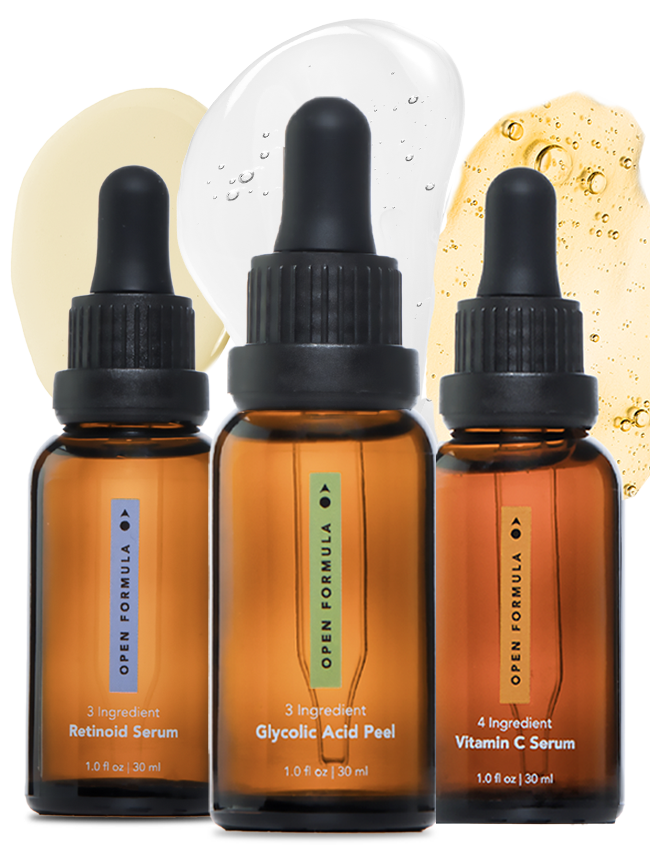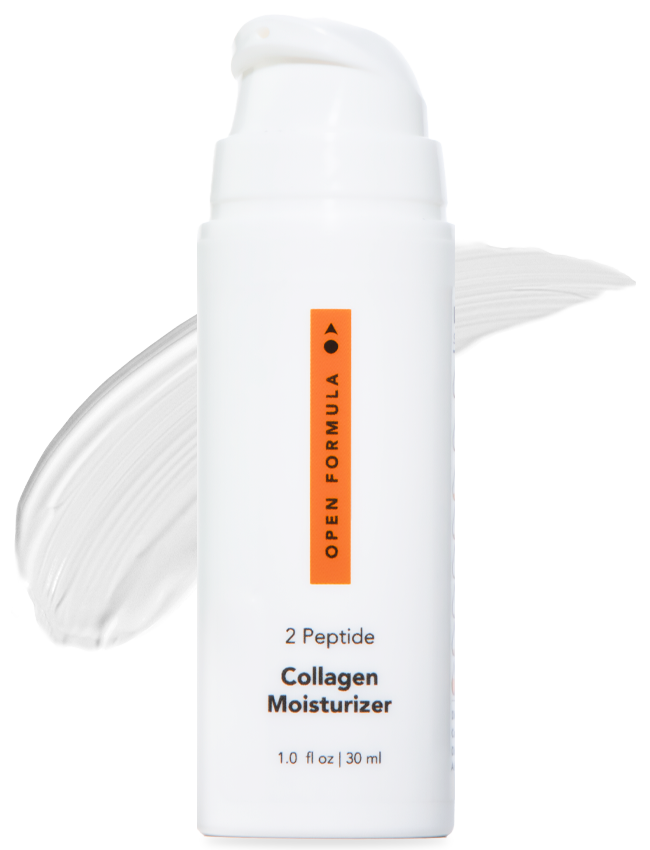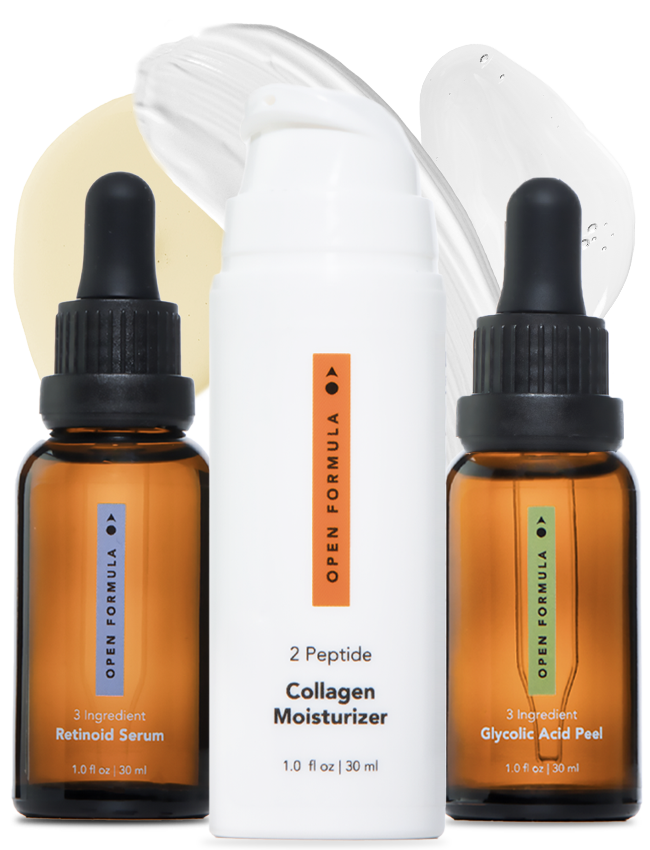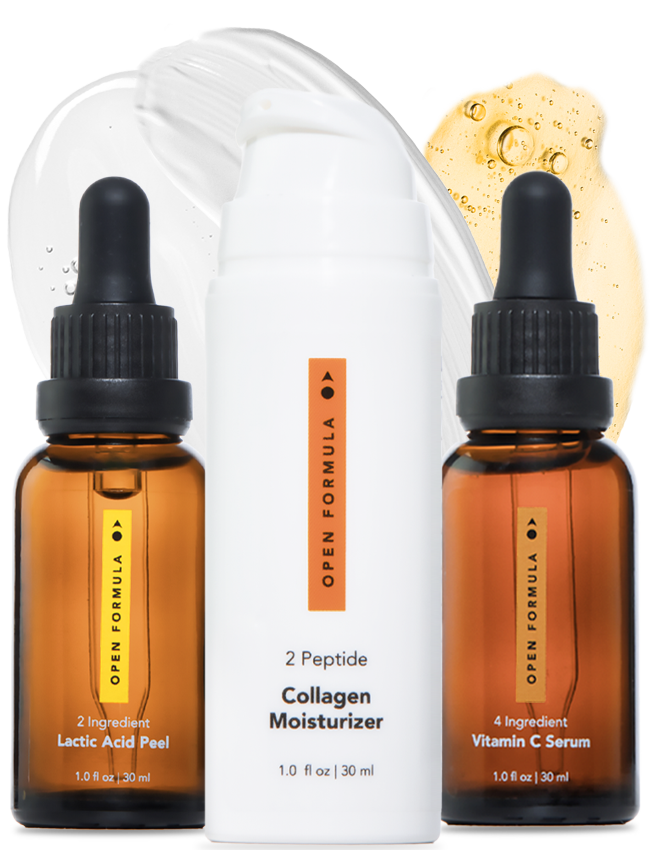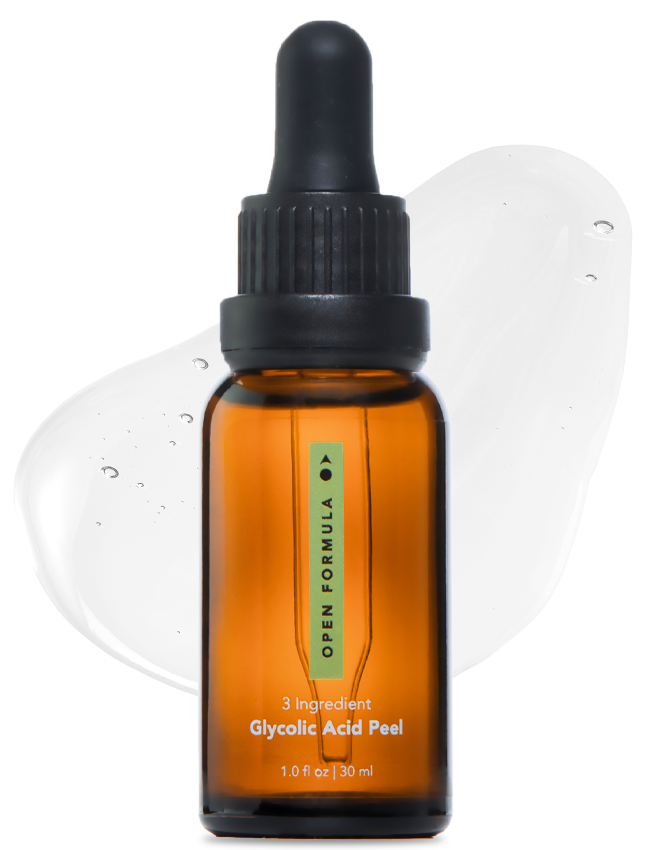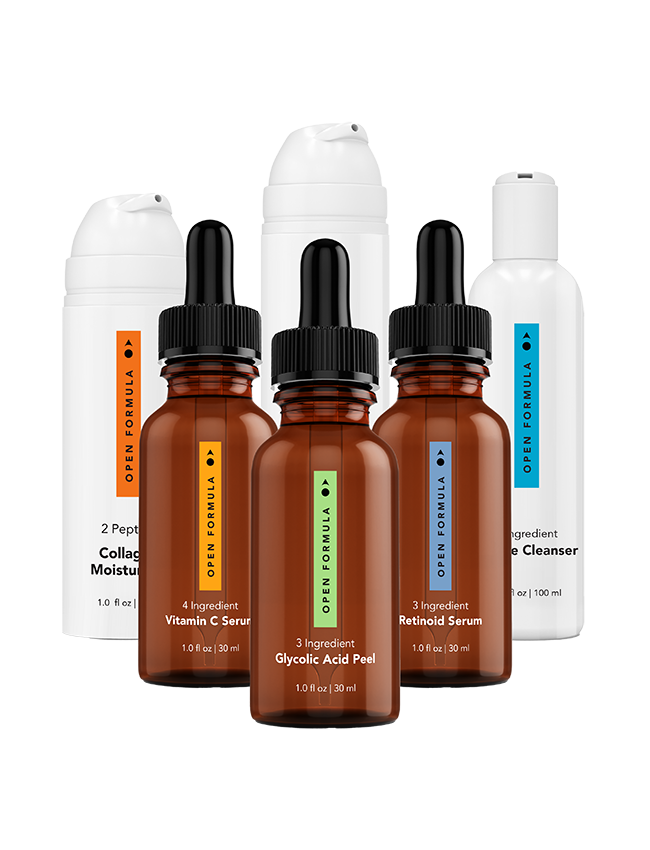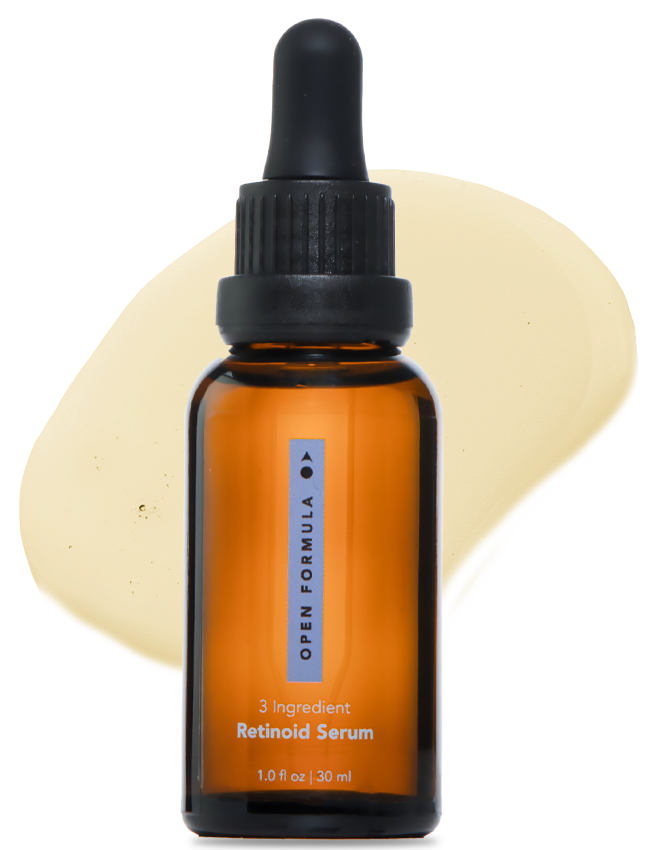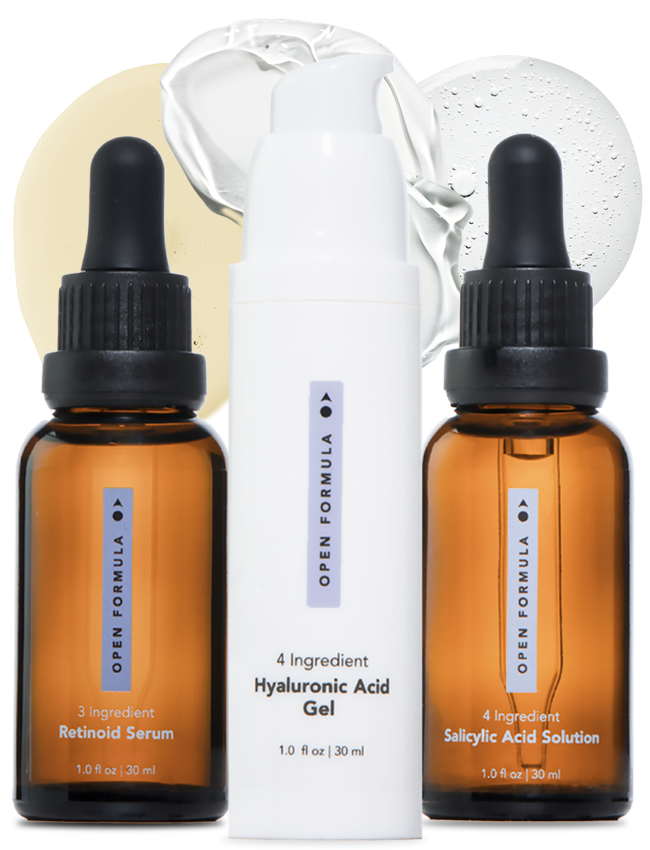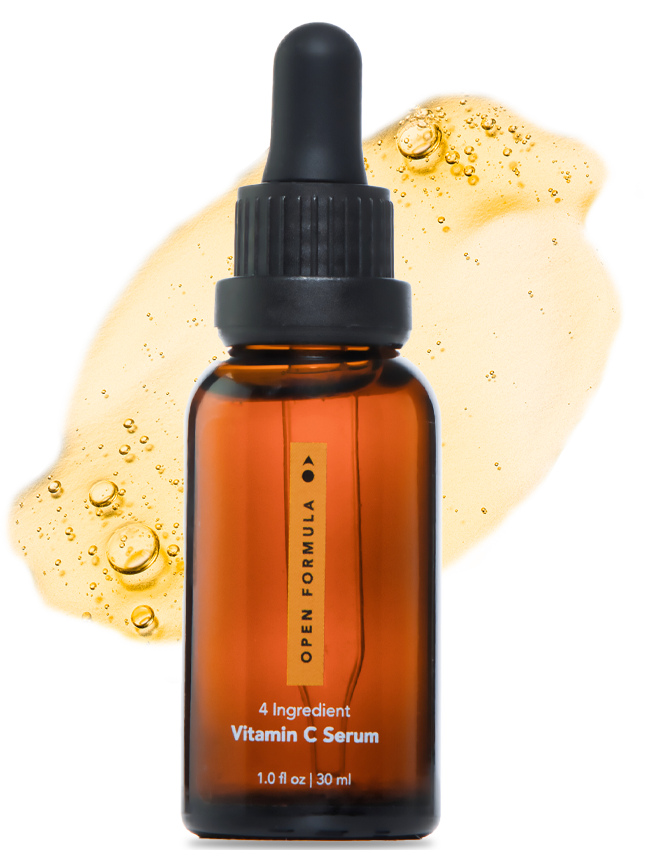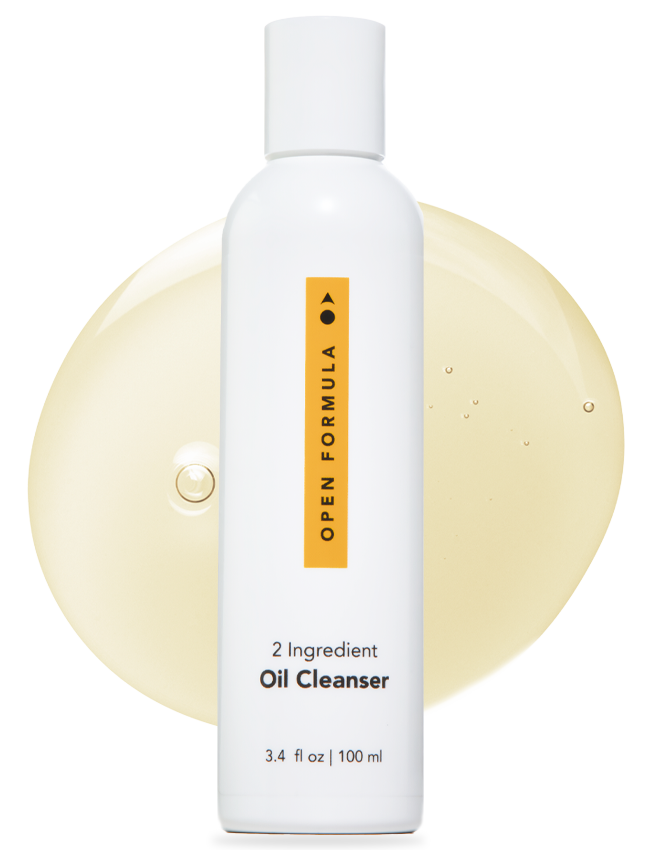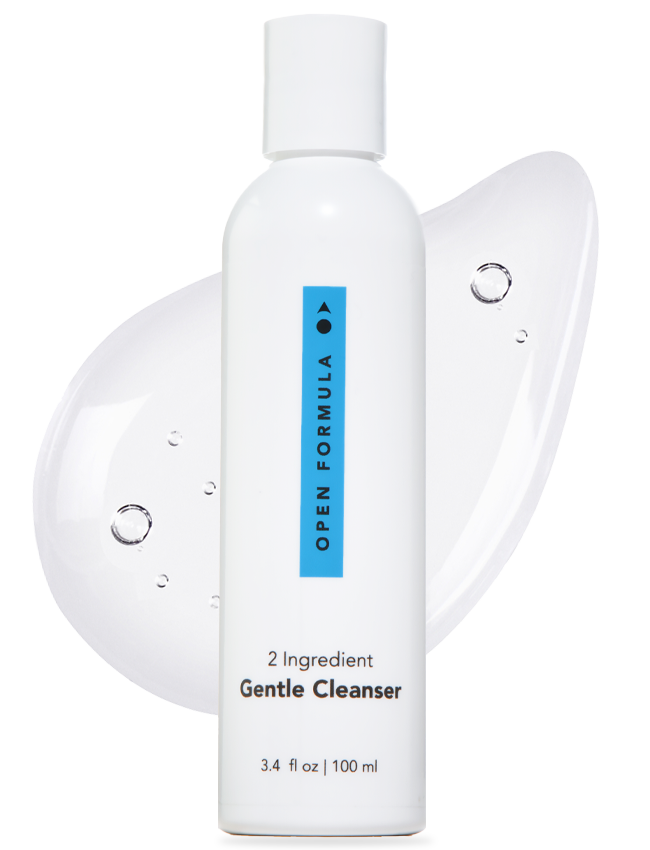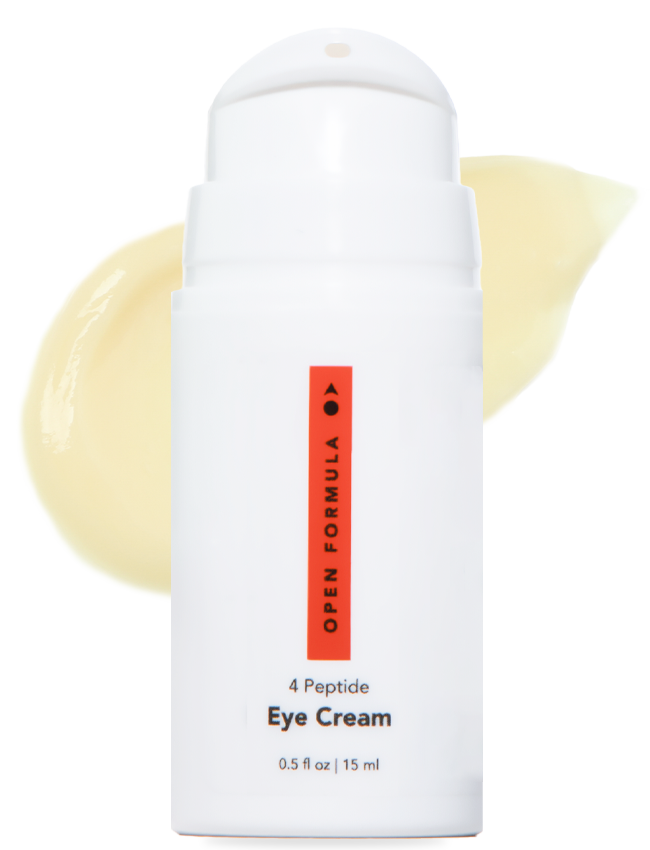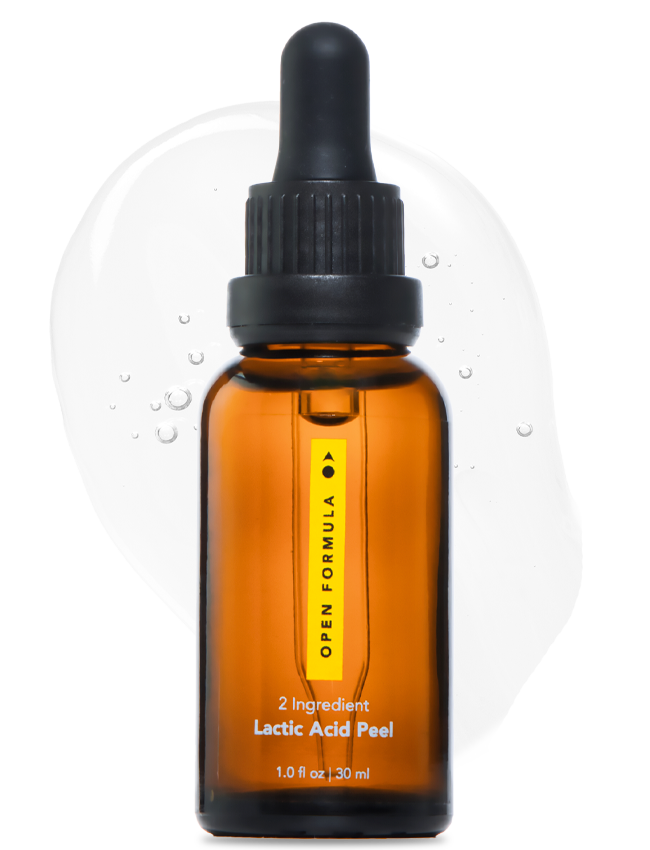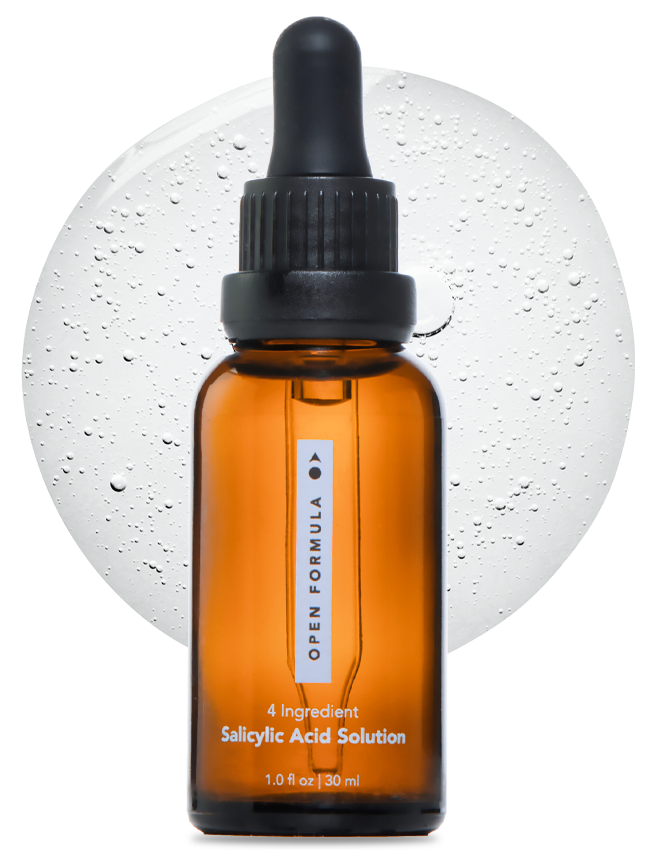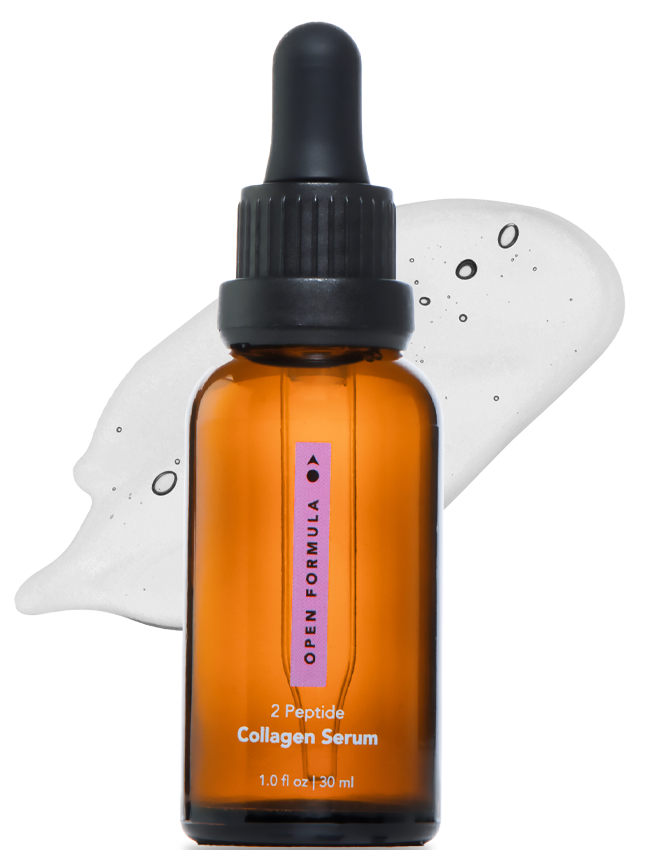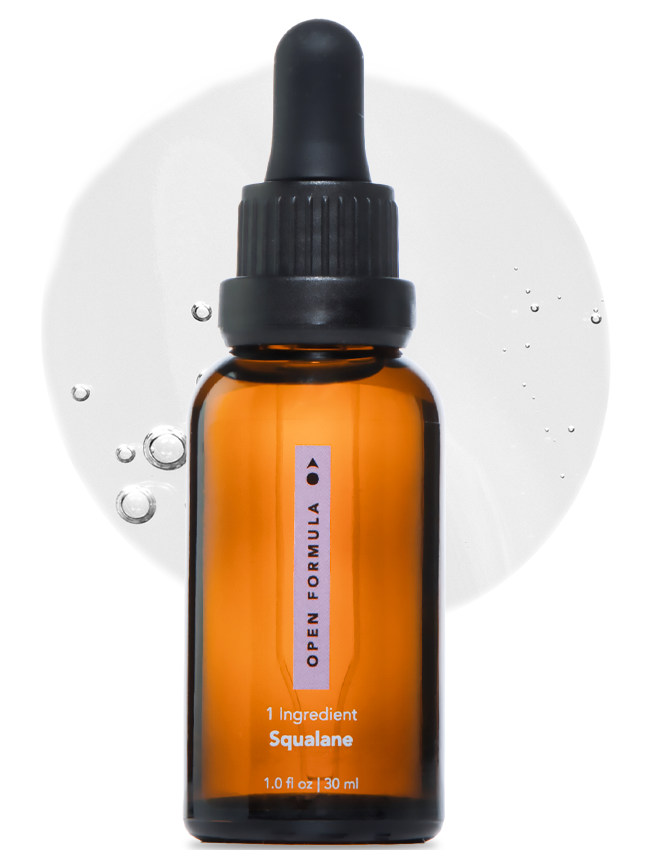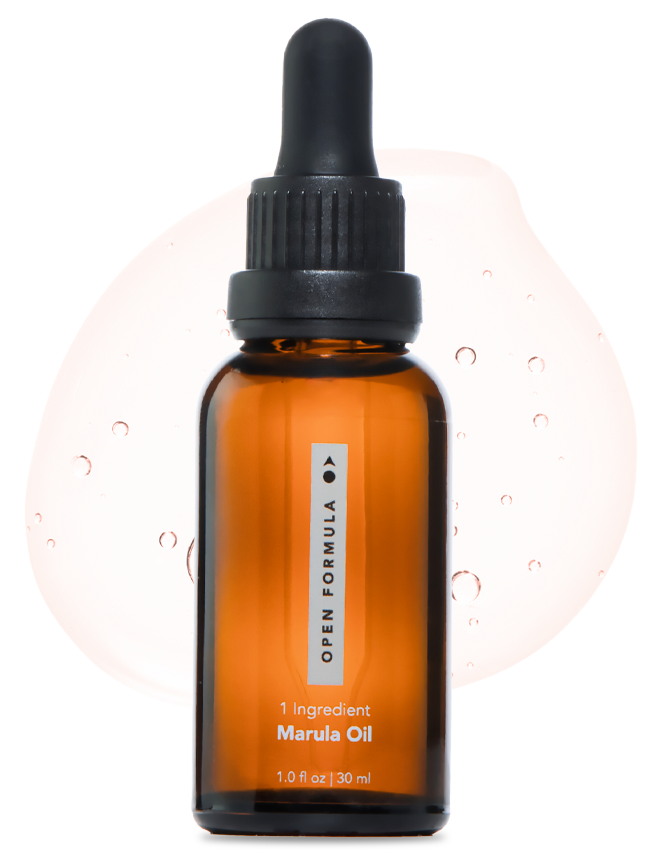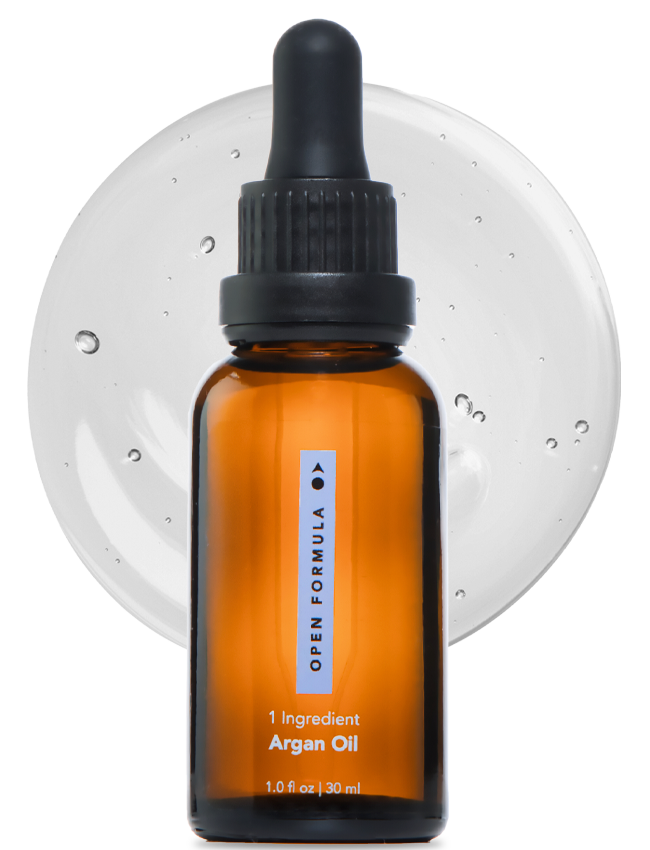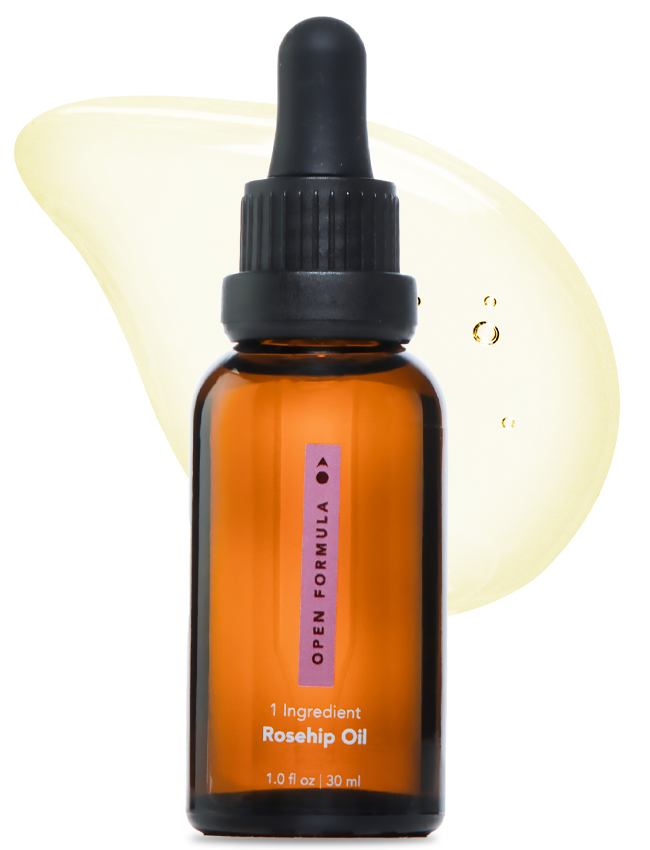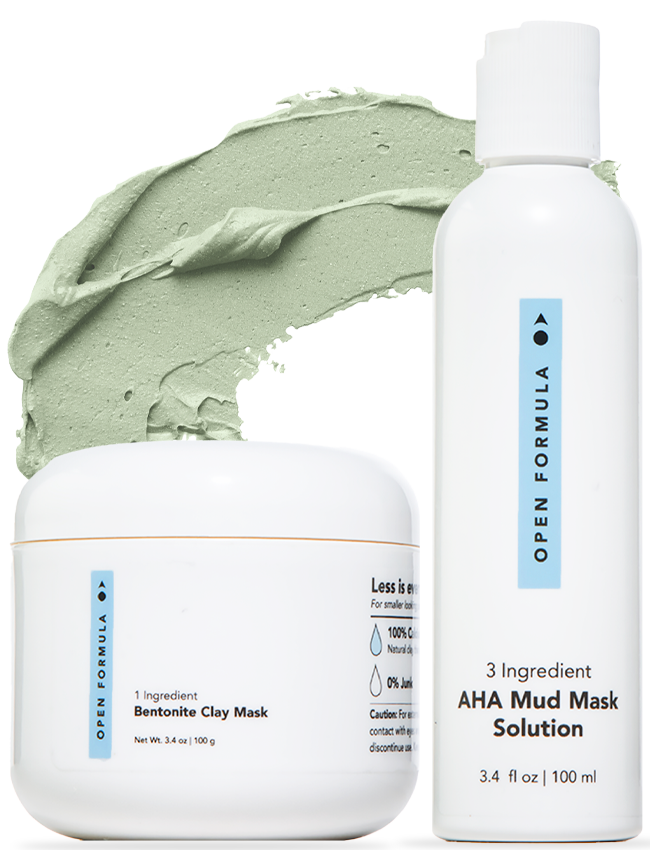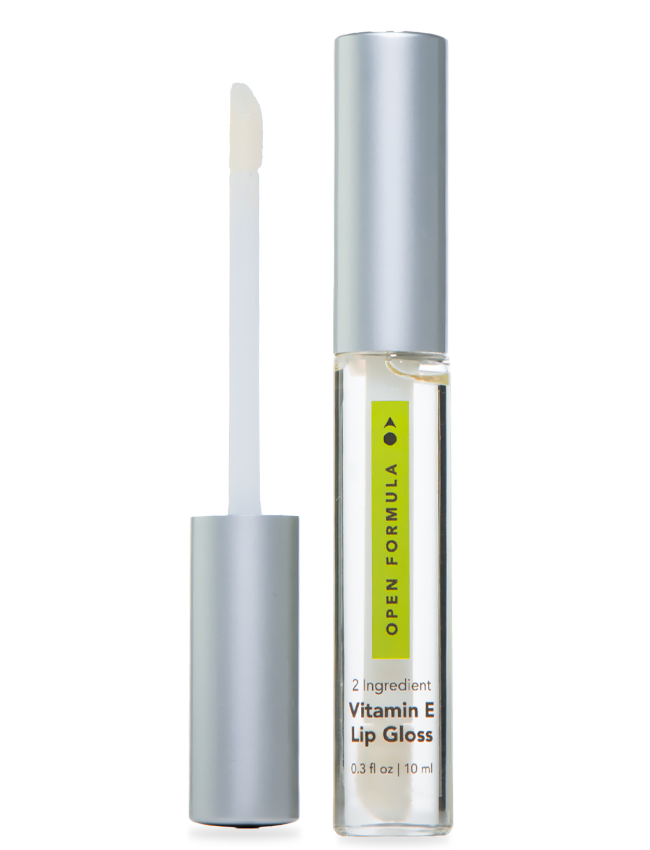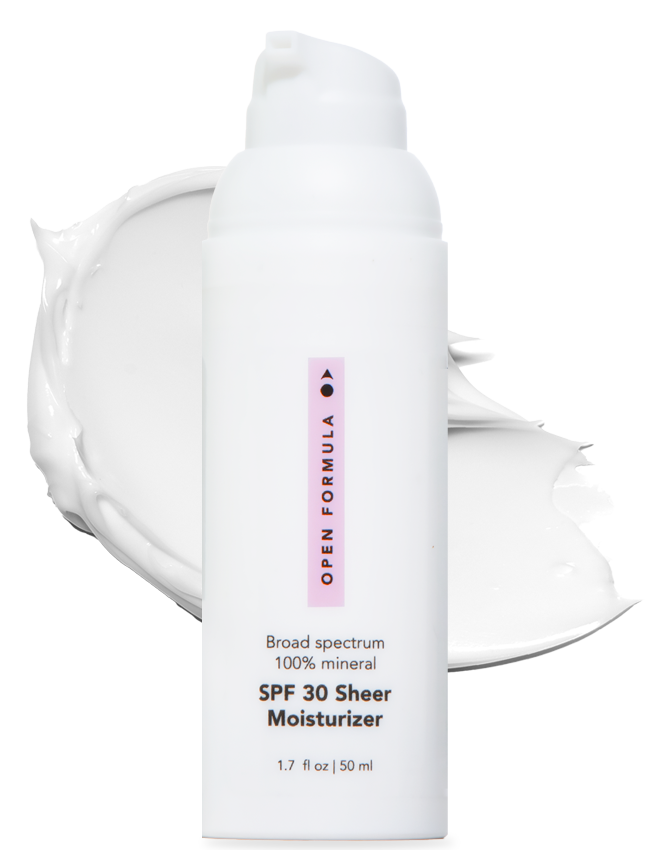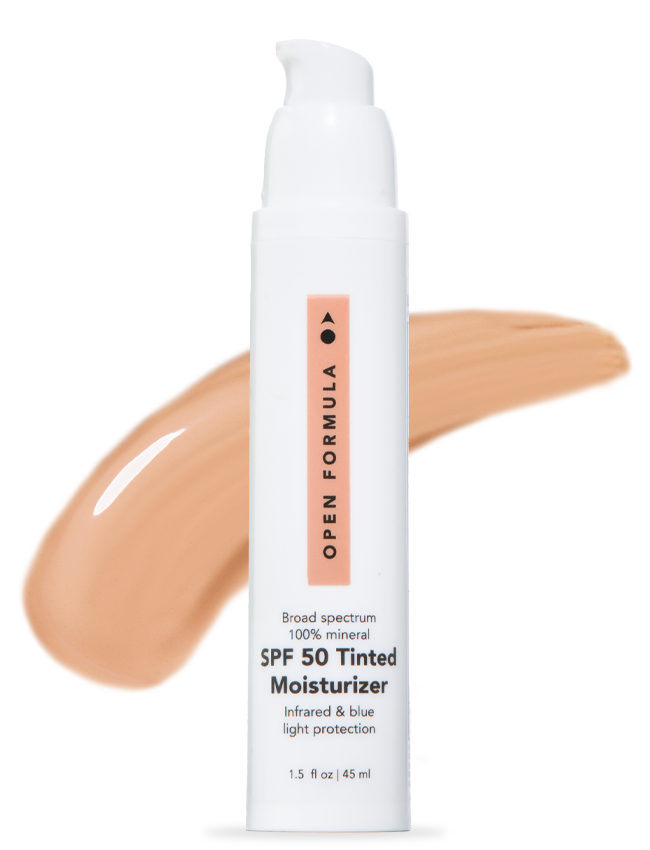Did you know that you don’t have to live with dark spots forever? It’s true because when you know how to exfoliate your skin the right way, you can quickly reduce the appearance of dark spots and leave your skin with a flawless and truly even skin tone.
In this article, you’ll learn how to exfoliate your face, how often to do it, and what the best fruit acid exfoliants that won’t irritate your face with harsh chemicals are. As you read, keep in mind that less is actually better when you use exfoliants. Which means, you don’t need to overdo it. In fact, exfoliants should only be used a few times a week so you do not damage your skin.
What Does Exfoliate Mean for Your Skin?
Exfoliating your skin is very important to get rid of dead skin cells and build up that cleansers may leave behind. Now you may be wondering, “So do cleansers not work then?” No, they work well! It’s just that exfoliants are able to come in and do a deeper clean to get at any leftover dead skin cells that may be lingering deeper in your pores.
When you use an exfoliant, you’re able to not just remove damaged skin cells, but also activate the production of new, younger, plump skin cells that will come to the surface.

The Benefits of Exfoliating Your Face
If you don’t properly remove the dead skin cells from your face, over time, they build up and can lead to clogged pores, acne, and blackheads.
But, by adding a fruit acid exfoliant to your skin care routine, twice a week, can help you to fight acne and breakouts! Plus, remove dark spots and acne scars too.
And, because exfoliants help to bring young skin cells to the surface, they have a great added anti-aging benefit. Which is why so many celebrities incorporate exfoliation in their skincare routine and claim exfoliants like glycolic acid are why they’re able to look amazing as they age.
Exfoliate Safely at Home
The two most common methods to exfoliate your skin are: physical exfoliation and chemical exfoliation.
A physical exfoliant – does what its name describes – it physically buffs all the dead skin cells away. Sugar scrubs and shell scrubs are examples of physical exfoliants. Although you may feel like you’re removing more skin cells when you can scrub them off, it’s important to be careful with physical exfoliants as you can accidentally damage healthy skin cells with the sharp edges of the physical particles in scrubs.
A chemical exfoliator instead, involves no scrubbing, and uses acids to dissolve the ‘glue’ that holds dead skin cells together. That way you can gently slough off the old skin and reveal new, glowing skin underneath.
Rather than using physical scrubs that could be too rough for your skin and cause microtears that will leave behind scars, it’s better to use a fruit acid peel, like glycolic acid.
How Often Should You Exfoliate?
The key to exfoliating is to not overdo it! Unlike a cleanser or SPF moisturizer, you do not want or need to use an exfoliant every day.
Instead, exfoliants are best used no more than four times a week to prevent damaging your skin. For stronger exfoliants, like glycolic acid, you may consider using it just twice a week.
The key is to pay attention to how your skin feels when you apply it. If you notice stinging or immediate redness or irritation, then you will want to switch to a milder exfoliant like lactic acid.
Use exfoliants at night, after cleansing your face, and always follow it with an SPF moisturizer. In the next section, we’ll walk you through the proper steps to take to exfoliate the right way.

How to Properly Exfoliate Your Face and Body
Please keep in mind that exfoliants should only be used as part of your nighttime skincare routine. These are the steps you’ll want to follow to ensure you don’t accidentally cause damage to your skin when using an exfoliant.
Step 1: Cleanse your face. For exfoliating acids to work best, remove makeup dirt and impurities from your skin with a gentle cleanser.
Step 2: Small circular motions. When exfoliating with a cotton round, you want to apply with small, circular motions using your fingers. Exfoliate for about 30 seconds. If you experience sensitivity, rinse off water.
The key here is to be gentle and not scrub your face too harshly. You just want to remove the dead skin cells at the top of the surface.
Step 3: Apply a SPF moisturizer. After exfoliating at night, you want to apply a moisturizer to protect your skin from sun damage. Remember, exfoliants remove the dead skin cells, which can leave your skin more sensitive to the sun. When exfoliating at night, you want to add an SPF moisturizer in the morning.
The Best Exfoliating Products
Rather than using exfoliating scrubs, we recommend instead using a liquid or fruit acid based exfoliant. Open Formula has a number of ultra-clean exfoliants to choose from that do not contain harmful ingredients and are safe to use 3-4 times each week. Here are the top three to consider:
Glycolic acid. Naturally found in sugar cane, pineapple and papaya, glycolic acid helps to remove the top layer of dead skin that carries the most damage. This also helps to even out the skin tone and brighten your complexion. Add it to your skincare routine and use it to exfoliate 3-4 nights a week, after cleansing.
Lactic acid. This is one of the mildest exfoliants you can use, making it an ideal fit for all skin types. Found naturally in fermented vegetables, lactic acid does a fantastic job of lifting the darkened skin cells from your face, leaving your skin looking brighter. This is best used 3-4 times per week, as part of your nighttime skincare routine.
Salicylic acid. This is especially effective for oily and acne-prone skin. Naturally found in the bark of willow tree, salicylic acid can penetrate the oils that sit on top of the skin, and fatty build up clogging pores. It works by clearing out clogged pores by dissolving the oil holding onto any dead skin cells. Plus, salicylic acid is a known anti-inflammatory and antibacterial, making it perfect for calming down existing breakouts and preventing more from happening.
Takeaway
So, if you’re not exfoliating right now as part of your skincare routine, now’s the time to add one in. The key to caring for your skin is to prep, preserve, and protect your skin. Cleansers and exfoliants help to prep your skin so that you can use other products like retinoids and moisturizers to both preserve and protect your skin from sun damage.
Want to know the best exfoliant to use for your skin type? Click here to take a free skincare routine quiz and get a personalized recommendation.







